“Portrait of a frightened man”: Realm of Fear
“Realm of Fear” has always been memorable to me for two reasons: Being my favourite Reg Barclay episode (I’ve always hated “Hollow Pursuits”, was skeptical of “The Nth Degree” and forgot he was in “Ship in a Bottle”) and being a great example of a solid, all-bases-covered Star Trek: The Next Generation episode. It’s been ages since I last saw it though, and considering how much this project has made me come down with self-consciousness and self doubt about my own taste-making abilities, those positive memories could be meaningless.
Happily past me did well this time: “Realm of Fear” is great, and this season is off to a strong start so far.
This episode is pretty obviously about a fear of flying. It’s kind of hard to read it any other way when Geordi tells Reg “transporting really is the safest way to travel”, and writer Brannon Braga (who suffers from mild aviatophobia himself) freely admits that was the impetus. Simple as the concept may be, that’s a legitimate fear many people face, and it’s a fitting thing for Star Trek: The Next Generation to look at. The primary thing that makes “Realm of Fear” so successful is that this is the rare occasion where all the different little stylistic sub-genres this show can effectively play with come together harmoniously: Given its cut-and-dry brief, you could potentially read this as a mild “Issues” story and the inclusion of Barclay gives the story’s dramatic focus to a guest star, which worked to great effect in stories like “Half a Life” and Separation Anxiety and means the show doesn’t have to cripple one of the mains by writing them bizarrely out of character.
(Braga also admits inspiration from the famous Twilight Zone episode “Nightmare at 20,000 Feet”: I’d never thought of that before reading that, but it does make sense. I suppose this means you could also read “Realm of Fear” as a “Let’s Do” story too, though Michael Piller says he felt it was important to downplay any such comparisons.)
Again like last time, and fittingly given this is a Brannon Braga story, “Realm of Fear” is also a decent tech mystery. Some might argue there’s an overabundance of technobabble here, especially during the last act, but frankly I don’t have a problem with that. The way I see it, the technobabble in Star Trek: The Next Generation serves two purposes at this point. Firstly it serves as window dressing to reassure a certain subset of obsessive viewer that the Star Trek universe obeys its own scientific rules (regardless of whether or not those rules map on to anything remotely resembling any real world science) and makes the constructed world feel richer and more believable, which is what it’s always done. But now it fulfills a secondary role in the narrative, which is giving each member of the crew a chance to show off their unique skillsets: Beverly gets to solve a life sciences mystery while helping to save Reg’s life, Deanna offers her psychology expertise, Will and Worf offer Reg support and encouragement and Geordi, Miles and Data come up with a technical solution to save the day while helping guide Reg through his anxieties and apprehensions.…




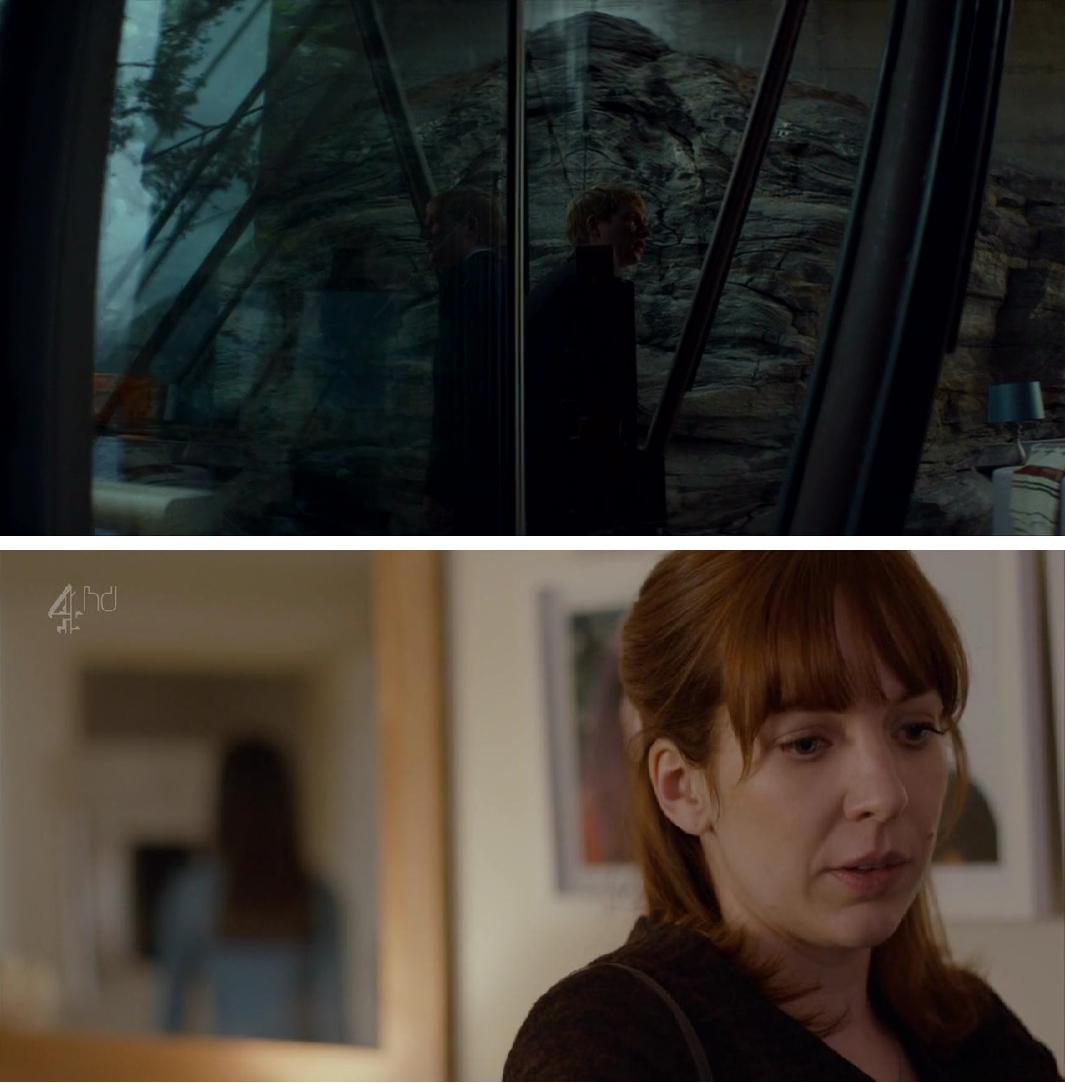 week on his latest creation, an android named Ava who seemingly possesses artificial intelligence. Each day, Caleb interrogates Ava in a numbered “session,” made apparent to us through the use of interstitial title cards. Caleb dutifully examines Ava, then reflects afterwards with Nathan, conversations which serve to flesh out some of the film’s themes, ranging from art to human nature.
week on his latest creation, an android named Ava who seemingly possesses artificial intelligence. Each day, Caleb interrogates Ava in a numbered “session,” made apparent to us through the use of interstitial title cards. Caleb dutifully examines Ava, then reflects afterwards with Nathan, conversations which serve to flesh out some of the film’s themes, ranging from art to human nature.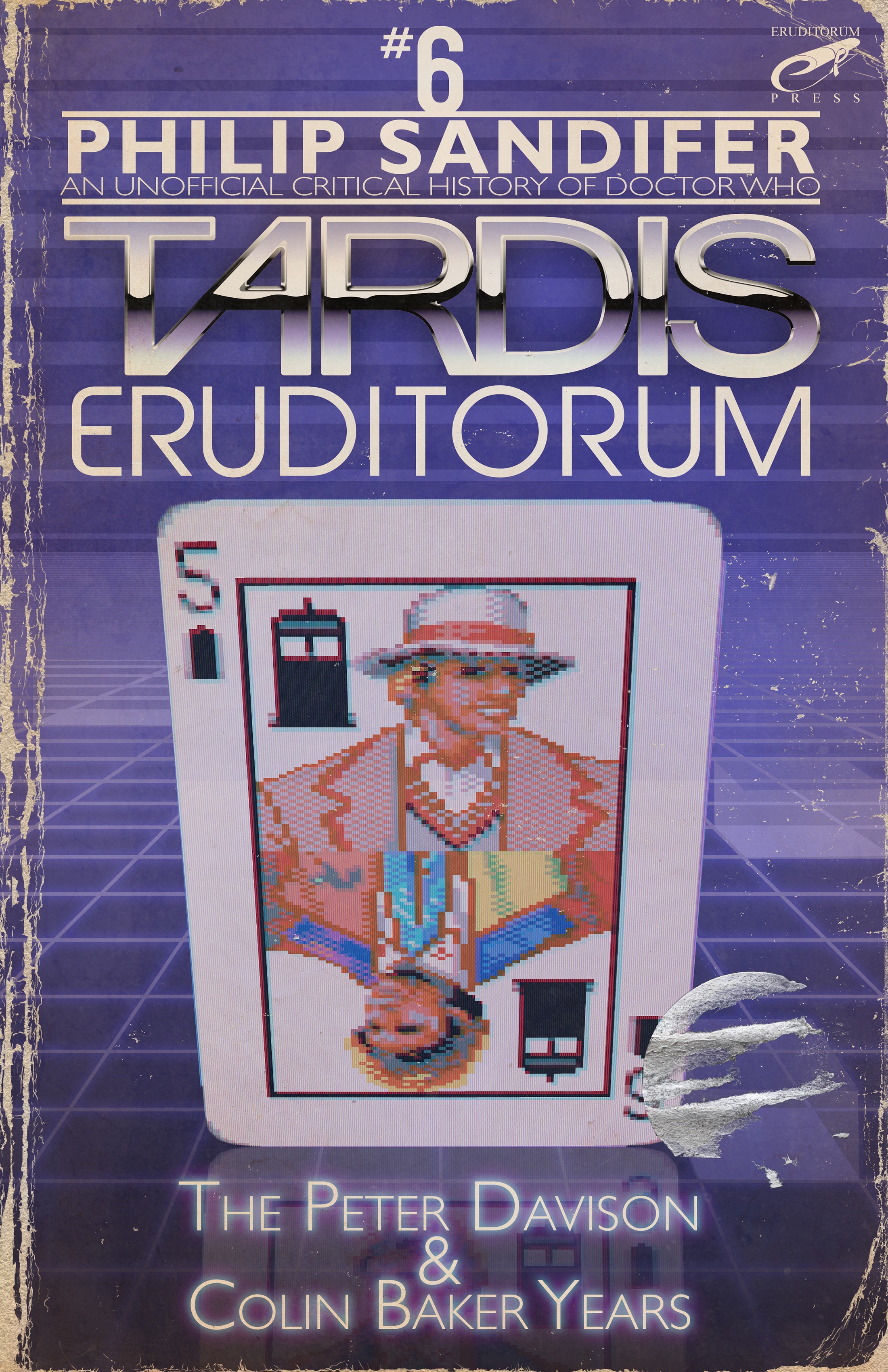
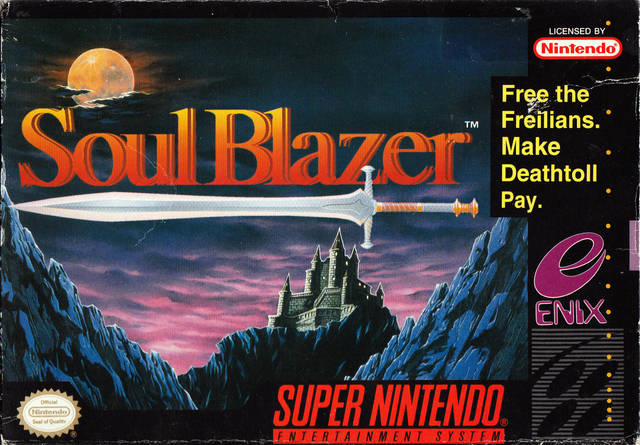 Soul Blazer
Soul Blazer
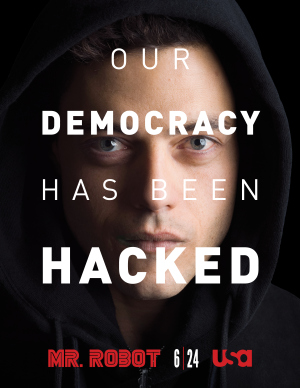 It is almost possible to dismiss
It is almost possible to dismiss 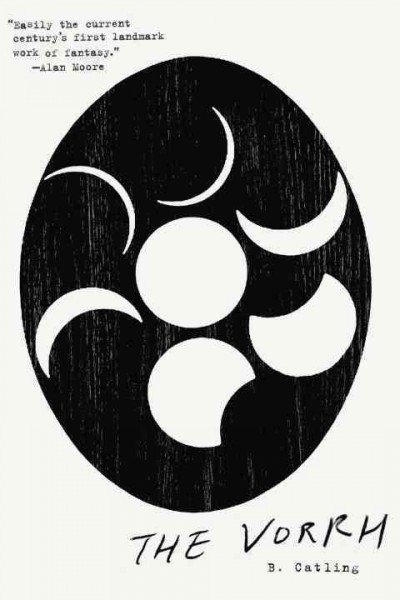
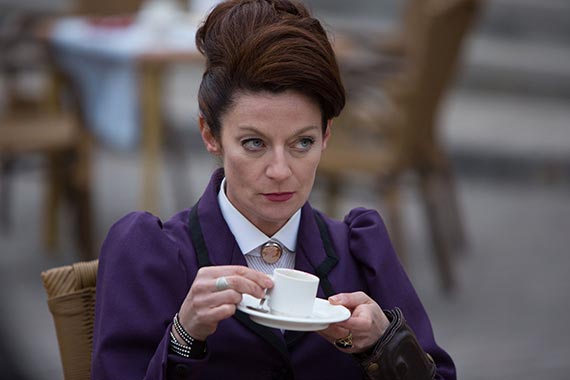
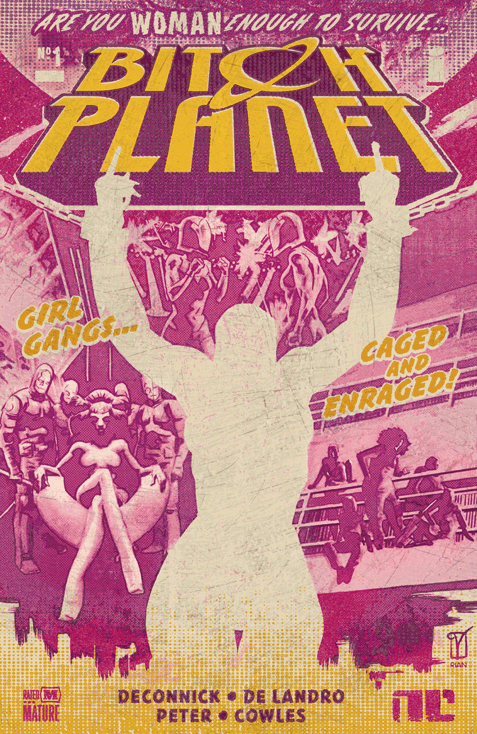 It looks like I forgot to actually name this week’s category last week, so let’s do a fairly easy one, at least in terms of this site’s readership: Best Graphic Story.
It looks like I forgot to actually name this week’s category last week, so let’s do a fairly easy one, at least in terms of this site’s readership: Best Graphic Story.